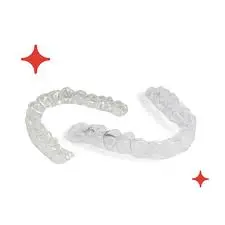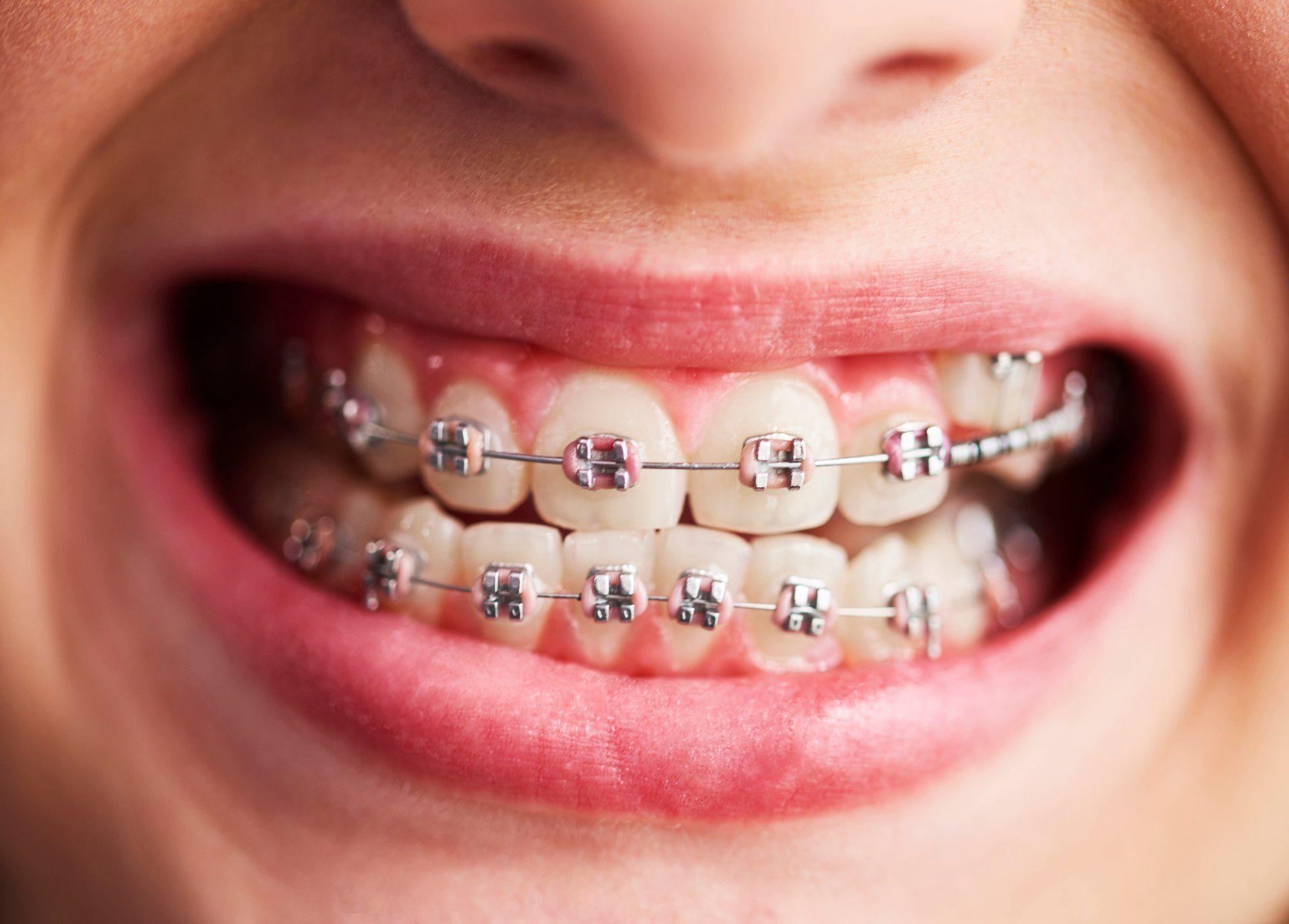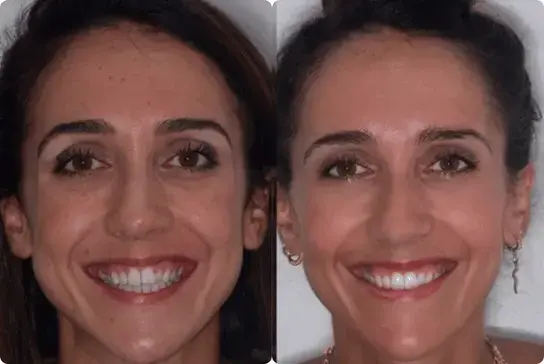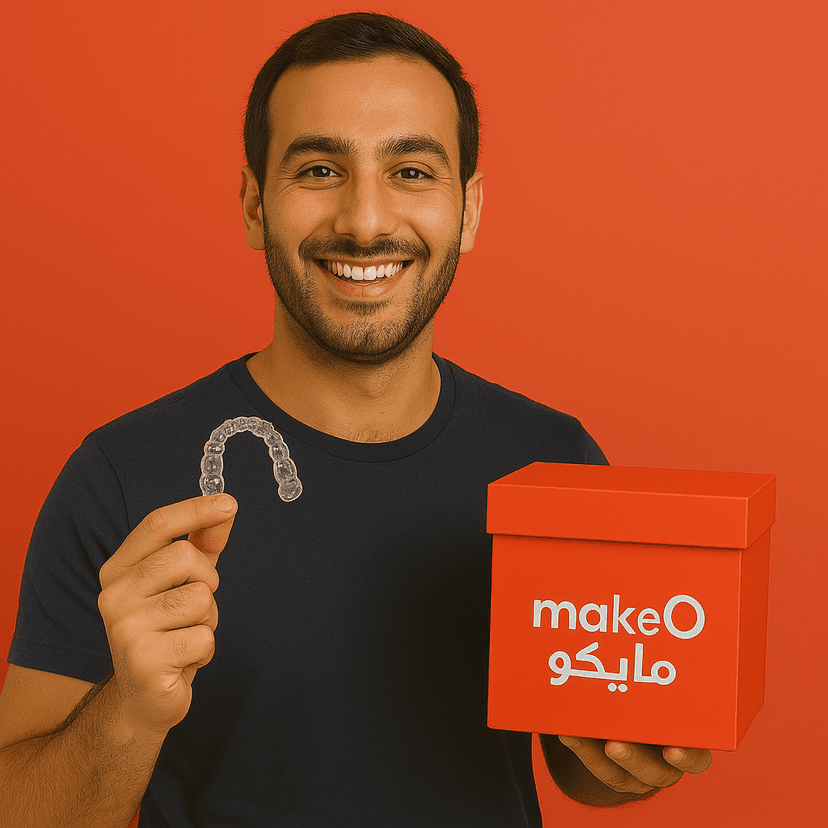

What are Clear Aligners?
Clear aligners are a fantastic modern solution to align teeth. They are made of smooth, transparent plastic and easily fit your teeth. They don't use brackets or wires as conventional braces do. Instead, a series of specifically produced aligners gradually shift your teeth into better alignment. Unlike metal braces, they are detachable, making eating, brushing, and flossing significantly easier.
Since invisible braces are almost undetectable when worn, most individuals prefer them for their discreet appearance. Aligners should be worn 20 to 22 hours a day for best results. You need to replace your aligners every few weeks to maintain progress.

What are Metal Braces?
Metal braces are a conventional means to straighten teeth. They comprise tiny metal brackets attached to your teeth, linked by wires. Over time, these wires will gradually move your teeth into better positions by applying pressure. For more complicated oral issues, metal braces work wonders despite their prominent appearance.
For modifications, you will need to see the orthodontist on a regular basis. Despite not being the most discreet choice, metal braces have been used for many years and are reputable for their ability to treat a wide variety of dental problems.
Pros of Clear Aligners
For individuals who wish to straighten their teeth discreetly, clear aligners are an excellent choice, as they are nearly undetectable. Here are a few reasons why clear aligners are beneficial:
Comfortable: Compared to metal braces, which can irritate your mouth and gums, these braces are typically more comfortable because they are made of smooth plastic.
Removable: Unlike braces, you can take them out to eat, drink, brush, and floss, making it simpler to maintain proper dental hygiene.
Convenience: Since you can take them off as needed, there are no dietary limitations, and cleaning is made simpler.
Cons of Clear Aligners
Here are some of the drawbacks of clear aligners:
Unsuitable for Complex Cases: Invisible dental braces might not be appropriate for serious dental conditions such as severe misalignment or serious bite abnormalities.
Requires Discipline: Consistency is essential because they work best when worn for 20 to 22 hours each day.
Cost: Depending on your treatment plan, clear aligners may cost more than metal braces.
Which is Right for You?
Your needs and lifestyle will determine whether you need to choose clear aligners or metal braces. Invisible braces might be a better option if you have mild to moderate misalignment and seek something less obvious. For those who want a covert choice and don't mind wearing them for most of the day, they're ideal. However, metal braces can be a great pick if your teeth require more extensive adjustment, such as a severe misalignment or a terrible bite. They perform better when dealing with difficult issues.
Your lifestyle is also important. Clear aligners may be more flexible and comfortable if you plan to wear them for roughly 20 hours every day. Metal braces, however, would be the best option if you prefer a set-it-and-forget-it approach. Your unique demands will determine the best option, so speaking with an orthodontist can help you make the best choice.









